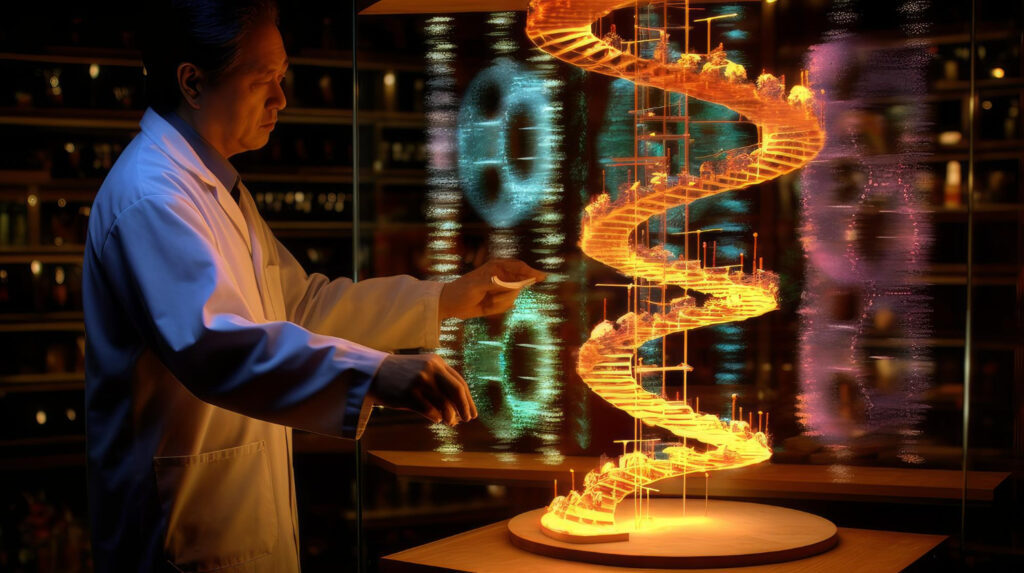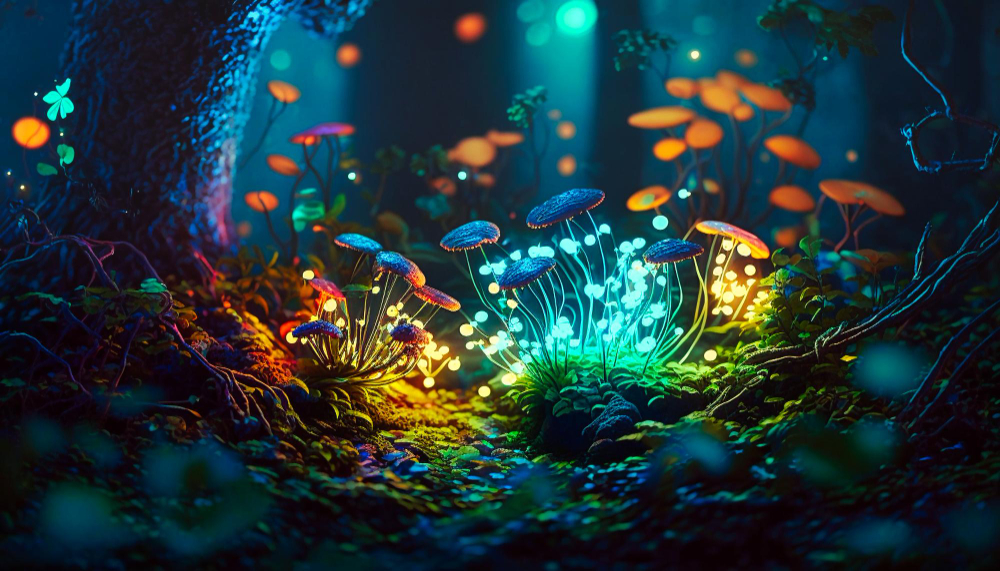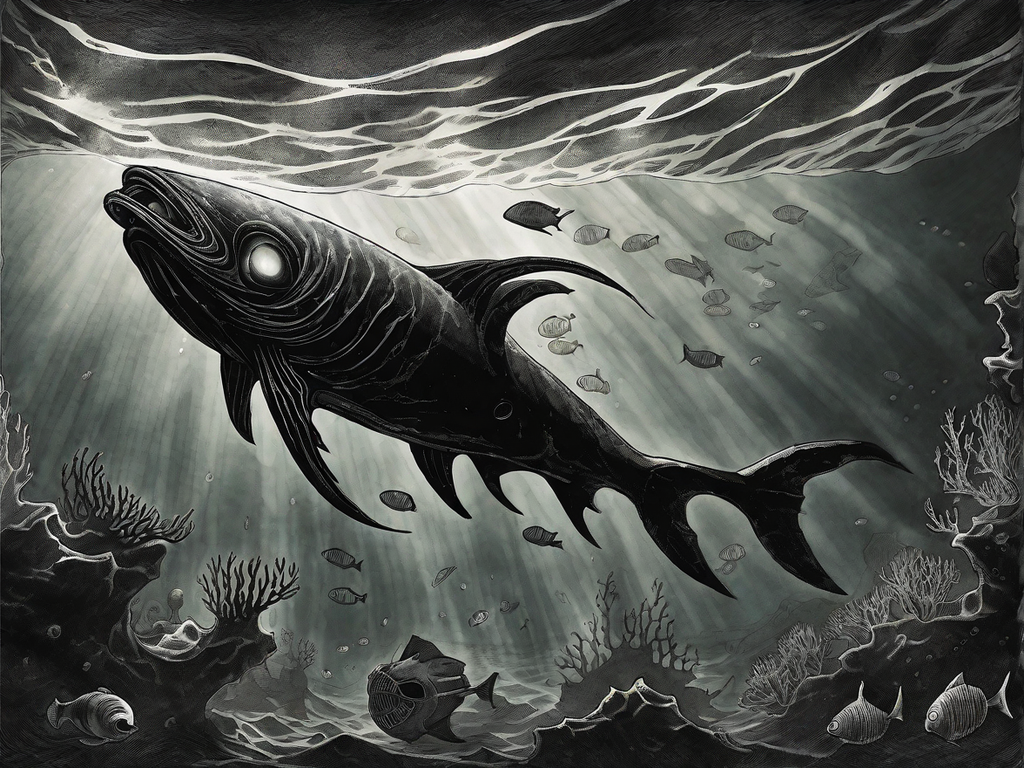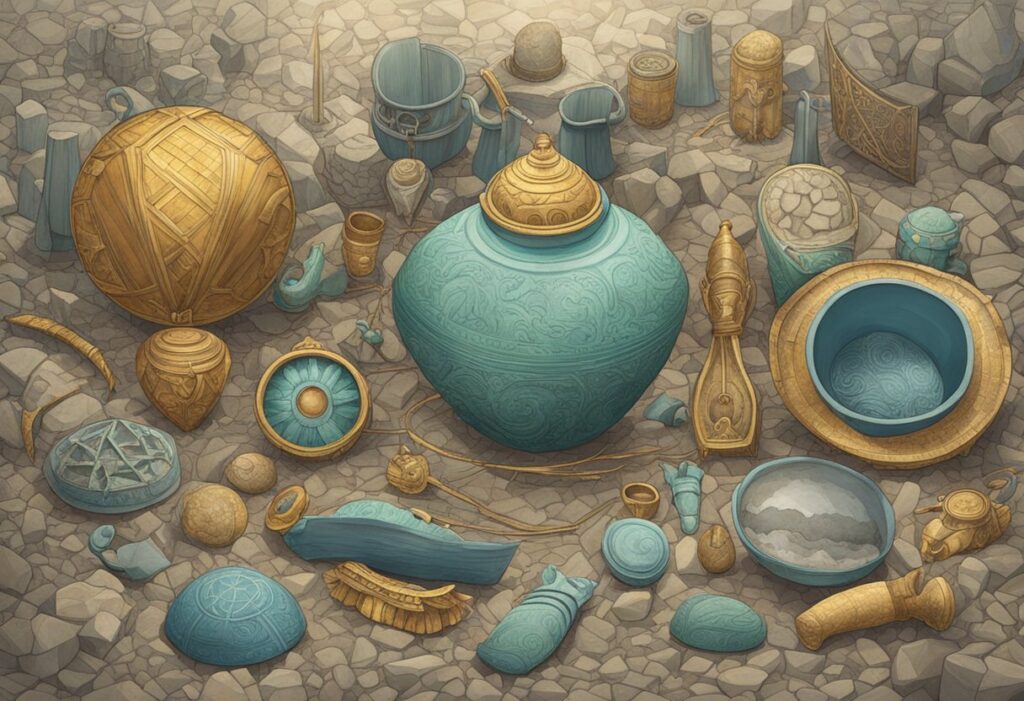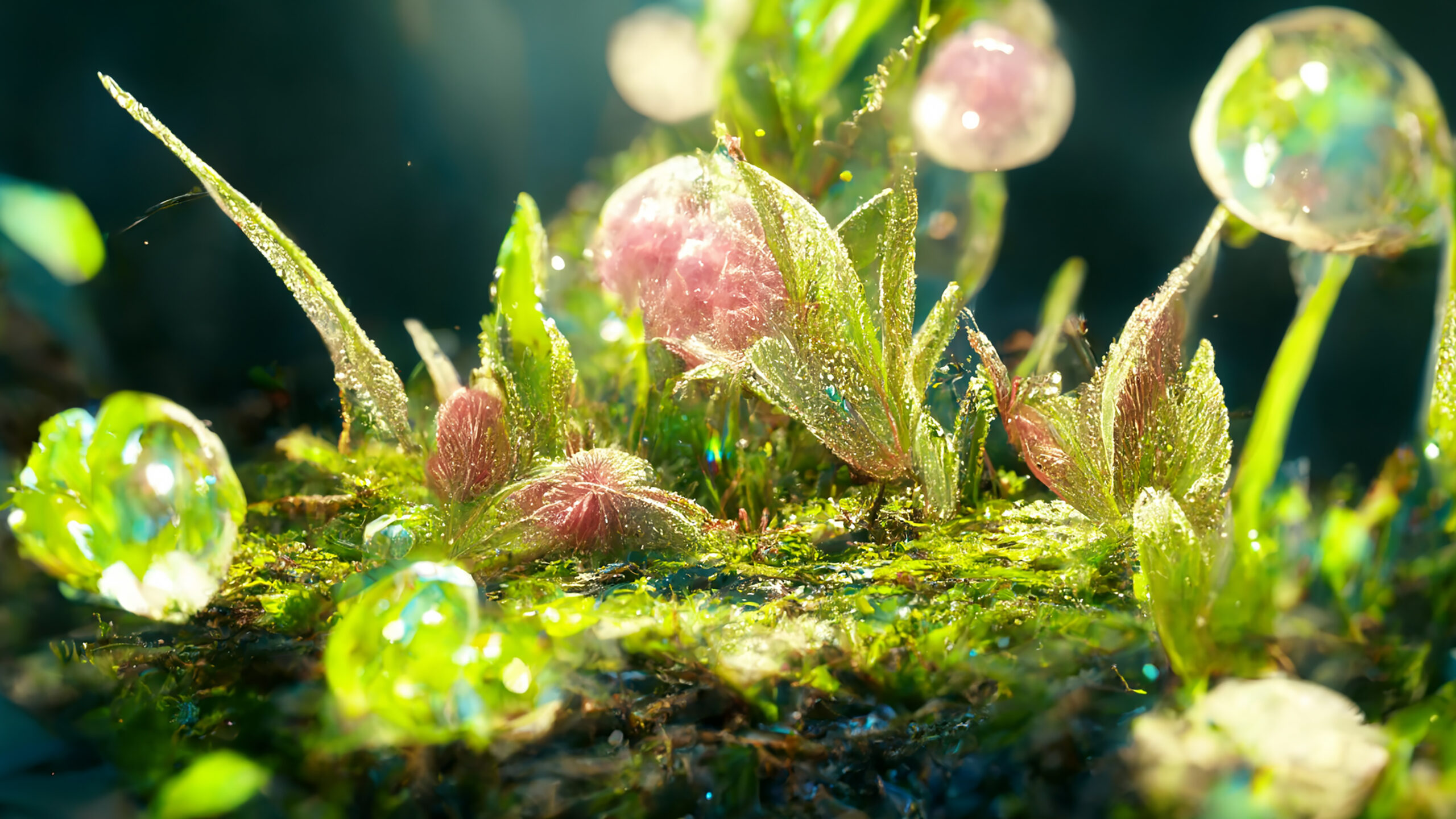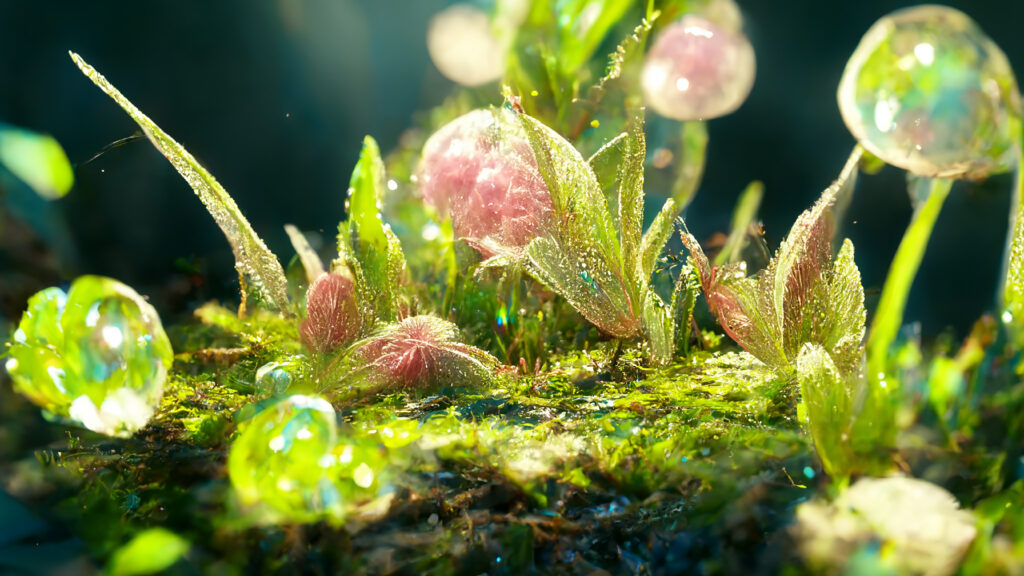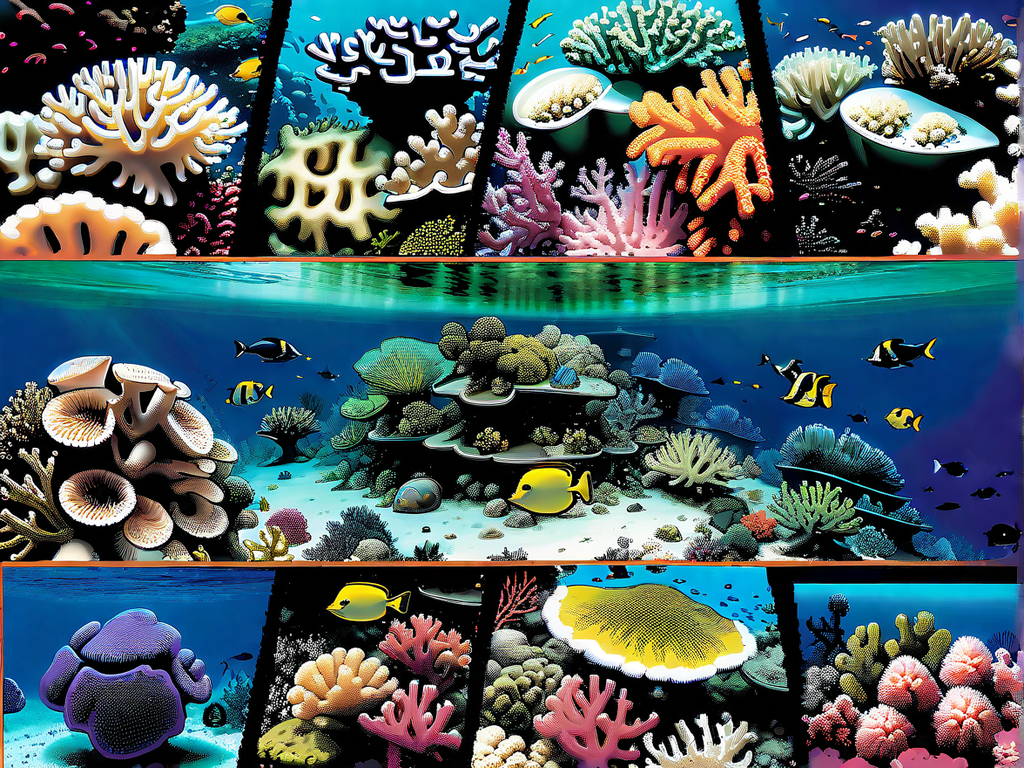The world we see with our naked eyes is just the tip of the iceberg, a mere fraction of the universe that exists all around us. Beyond the macroscopic, there lies a fascinating and intricate world that is invisible to us without the aid of a microscope. In this journey to the microscopic world, we will delve deep into this hidden realm, exploring the diverse and captivating life forms that inhabit it.

The microscopic world is teeming with life, albeit on a scale so small that we often overlook it. Among the most enchanting inhabitants of this hidden realm are microorganisms. Bacteria, archaea, and protists are found everywhere, from the depths of the ocean to the soil beneath our feet. They play vital roles in ecosystems, breaking down organic matter and recycling nutrients. Without them, life as we know it would not be sustainable.
Bacteria, one of the most abundant life forms on Earth, come in a staggering variety of shapes and sizes. Some, like the spiral-shaped spirochetes, exhibit an elegant elegance under the microscope. Others, such as rod-shaped bacilli, possess a more utilitarian form. These tiny organisms not only influence our health but also play crucial roles in the
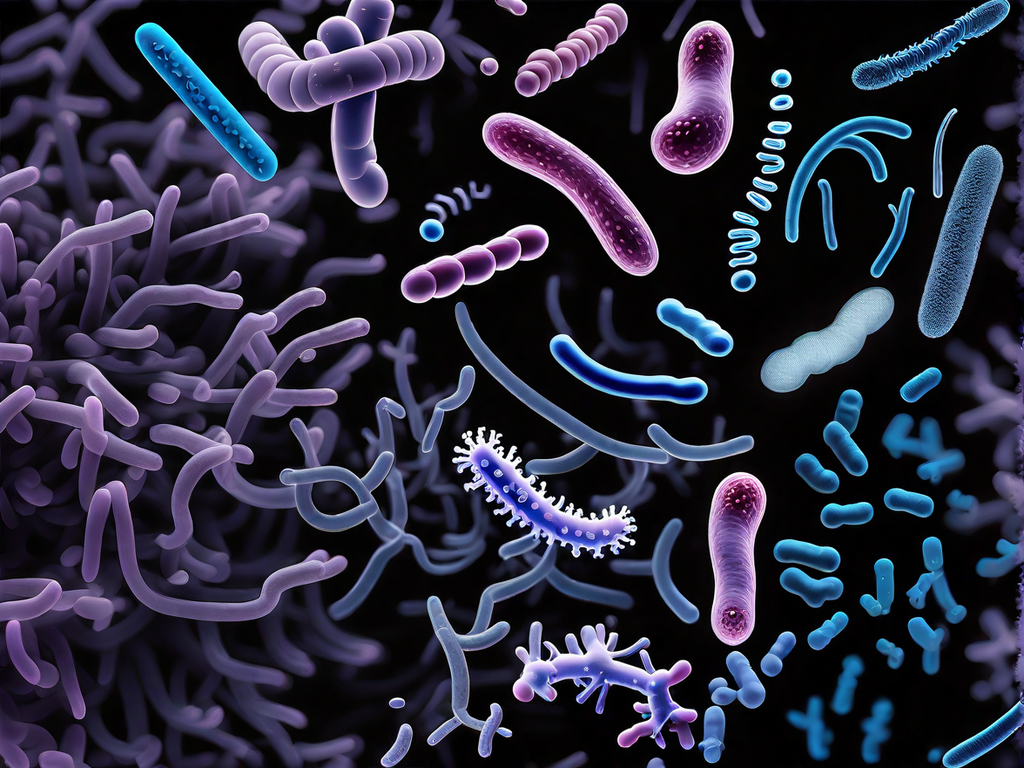
nitrogen and carbon cycles, helping maintain the balance of our planet.
The microscopic world is a treasure trove of mysteries waiting to be unraveled. Consider extremophiles, microorganisms that thrive in extreme environments such as the scalding waters of geysers or the acidic pools of volcanoes. These resilient creatures challenge our understanding of life’s boundaries, suggesting that life may exist beyond Earth in seemingly inhospitable environments.
Protists, a diverse group of single-celled eukaryotes, reveal a mesmerizing array of shapes, behaviors, and adaptations. Amoebas, with their ever-changing pseudopods, demonstrate a fascinating way of locomotion. Algae, another group of protists, are photosynthetic powerhouses that contribute significantly to the world’s oxygen production. Many of these tiny organisms serve as the base of aquatic food chains, providing sustenance to larger aquatic life.
Even in the microscopic world, the cycle of life and death persists. Predatory microorganisms, like ciliates and flagellates, engage in ruthless hunts, capturing and consuming other microorganisms. Their interactions are no less intense or dramatic than those in the macroscopic world, and they remind us that life’s struggles transcend size.
In addition to the captivating diversity of microorganisms, there are fascinating tales of microscopic heroes. Consider the bacteriophages, viruses that infect bacteria and help control bacterial populations. Research into these tiny viruses may hold the key to combating antibiotic-resistant bacteria, one of the greatest threats to human health.
The world under the microscope challenges our perceptions of reality. It is a place where simplicity and complexity coexist, where the tiniest of creatures wield immeasurable influence. As we continue to explore the microscopic world, we gain a deeper appreciation for the interconnectedness of all life on Earth.
Our journey to the microscopic world has uncovered a realm of awe-inspiring complexity and diversity. It is a world where the tiniest organisms play critical roles in the functioning of ecosystems, where life takes on forms and behaviors that often defy our expectations. As we ponder the mysteries and marvels of this hidden realm, let us also remember that our understanding of the microscopic world is far from complete. New discoveries await, and each revelation expands our appreciation of the intricate web of life that surrounds us.



